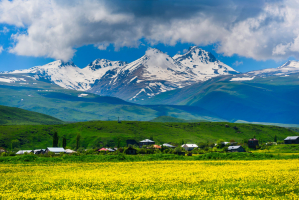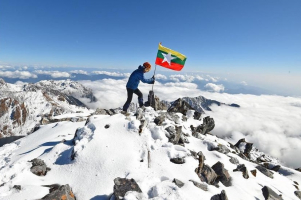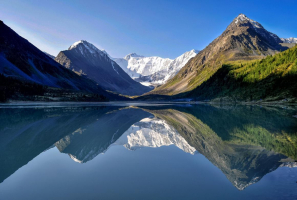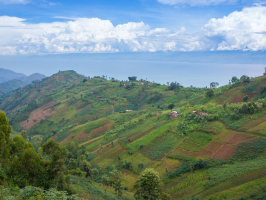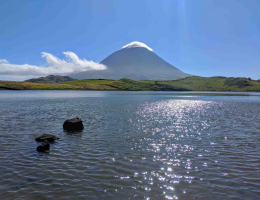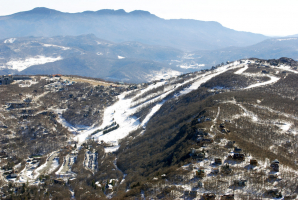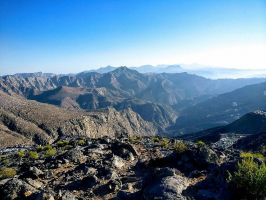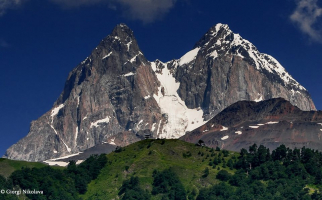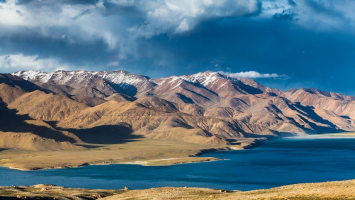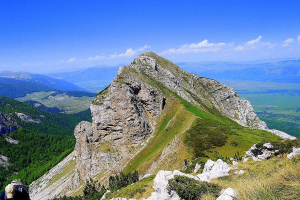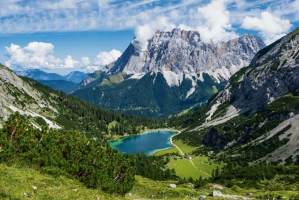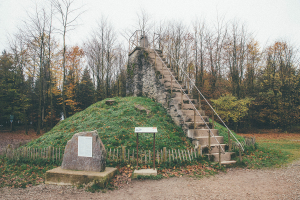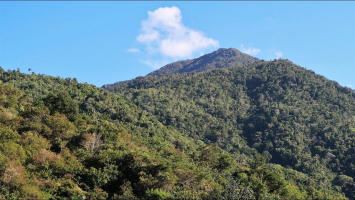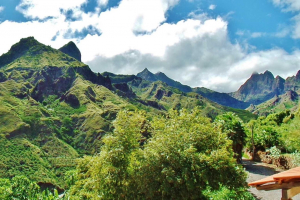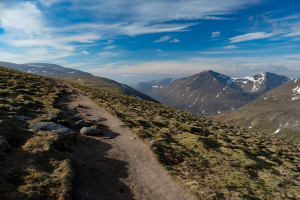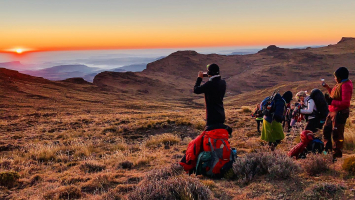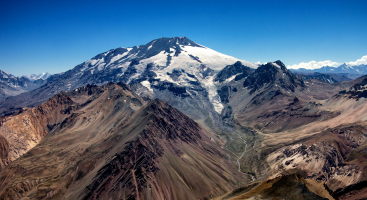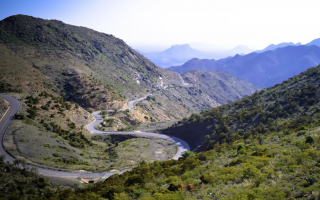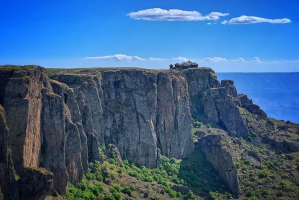Top 5 Highest Mountains In Argentina
Argentina is the world's eighth-largest country and Latin America's second-largest, with a mainland surface area of nearly 2.8 million square kilometers. ... read more...Chile, Paraguay, Brazil, Uruguay, and the South Atlantic Ocean form its borders. Argentina is divided into seven distinct geographical regions, each with its own unique natural beauty. Argentina's mountains are one of the country's most notable geographical features. Here is a list of the highest mountains in Argentina that Toplist has compiled for you!
-
Aconcagua is the highest mountain in both the Southern and Western Hemispheres, and the highest peak outside of Asia. The Andes Mountain Range in Mendoza Province is home to the 22,838-foot mountain. Its summit is 5 kilometers from the province of San Juan and 15 kilometers from the Chilean border. Aconcagua National Park encompasses the mountain and its surroundings. The mountain's history is divided into three periods: the Jurassic Period, the Mesozoic Sequence, and the Cenozoic Era. Climbers can reach the summit of Aconcagua, the world's highest non-technical mountain.
Despite the easy climbing, the effects of altitude are negative, with most climbers suffering from altitude sickness. The mountain and its surroundings are home to a diverse range of flora and fauna. Many climbers today attempt to reach the summit via the "Normal Route", which is a non-technical climb. A non-technical climb is one that can be completed without the use of special equipment or skills. The altitude on Aconcagua, on the other hand, is so high that several hikers have died from altitude sickness while attempting to reach the summit. Climbers must also contend with high winds brought on by frequent storms.
Location: Mendoza, Argentina
Height: 6,961 m (22,838 ft)
Parent Range: Principal Cordillera, Andes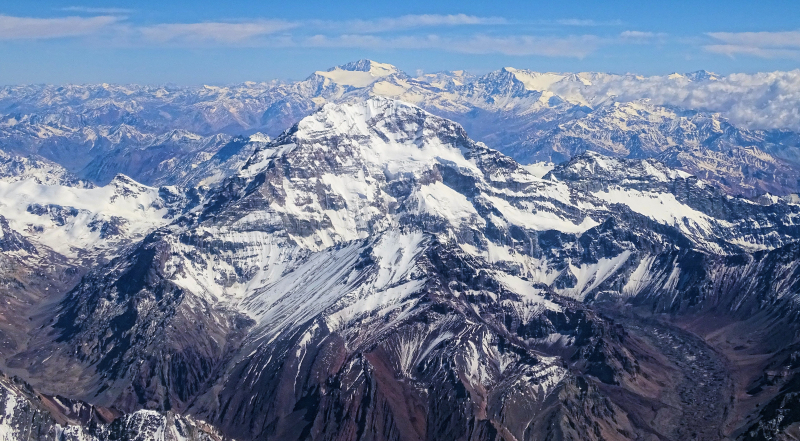
Aconcagua. Photo: es.wikipedia.org 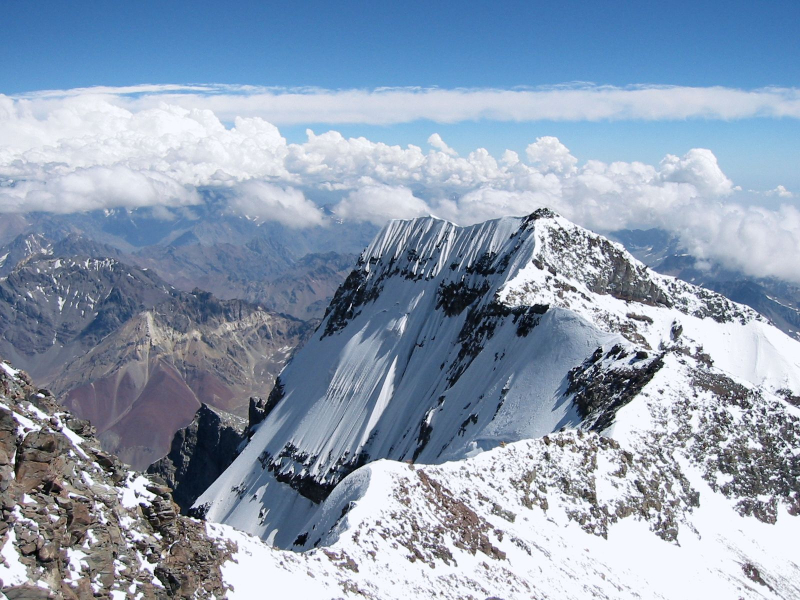
Aconcagua. Photo: pinterest.com -
Ojos del Salado is a stratovolcano on Argentina's border with Chile. At an elevation of 22,615 feet above sea level, it is the world's highest active volcano. It is also Chile's highest mountain and Argentina's second-highest. Due to its location near the Atacama Desert, Ojos del Salado experiences dry conditions. Despite the dry weather, the mountain has a 100-meter-diameter crater lake at an elevation of 20,960 feet. The crater lake is possibly the world's highest of its kind. Because of the salt deposits that resemble eyes on the glaciers, the mountain's name translates to "Eyes of the Salty One".
Ojos del Salado's most recent volcanic activity occurred 1,300 years ago. It is divided into two summits, one in Argentina and the other in Chile, with the borderline between the two countries running between them. The mountain is a popular hiking destination because it is accessible and easy to climb, with the exception of the final route to the summit, which requires the use of climbing ropes. Strong winds are also present on the final route to the summit, making the final climb more difficult.
Location: Argentina and Chile border
Height: 6,893 m (22,615 ft)
Parent Range: Andes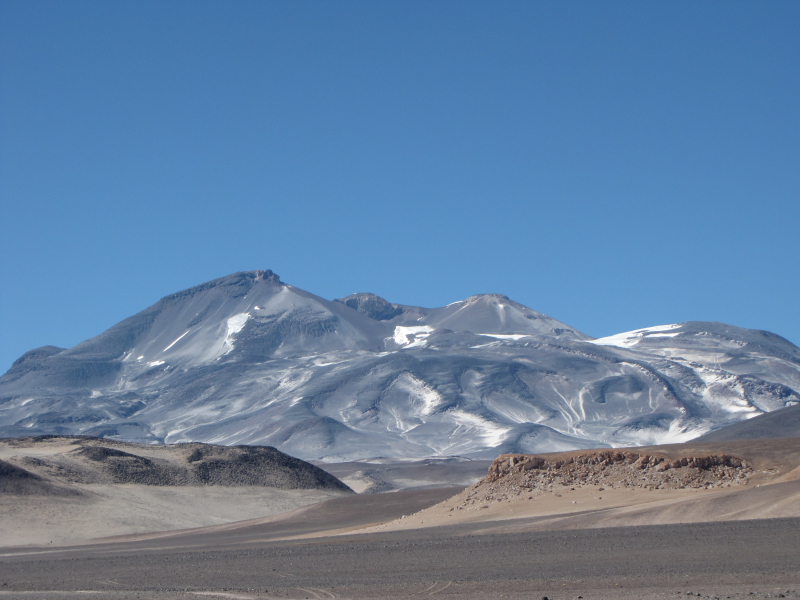
Ojos Del Salado. Photo: vi.m.wikipedia.org 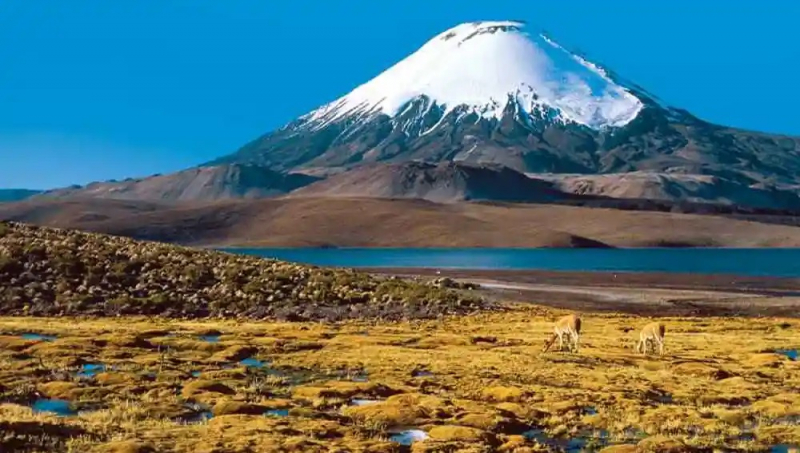
Ojos Del Salado. Photo: lasexta.com -
With an elevation of 22,293 feet, Monte Pissis is the third highest mountain in the Western Hemisphere. It is an extinct volcano in the province of La Rioja, located north of Aconcagua. The mountain was named after Pedro Jose Amedeo Pissis, a French geologist. Due to its location in the Atacama Desert, Monte Pissis also experiences dry conditions. Although its peak is the most glaciated in the desert, the glacier is small in comparison to the mountain's size. Because of its height and remoteness, the mountain received little attention. However, the opening of mining in the area has brought more tourists to the area, who also come to see the Atacama Desert. The first ascent of Monte Pissis took place in 1985.
Mount Pissis is now considered one of Argentina's "must-do climbs". It may be remote, but it is well worth the effort required to reach it. The breathtaking scenery serves as a powerful reminder of the volcano's past eruptions.
Location: La Rioja and Catamarca provinces, Argentina
Height: 6,792 m (22,283 ft)
Parent Range: Andes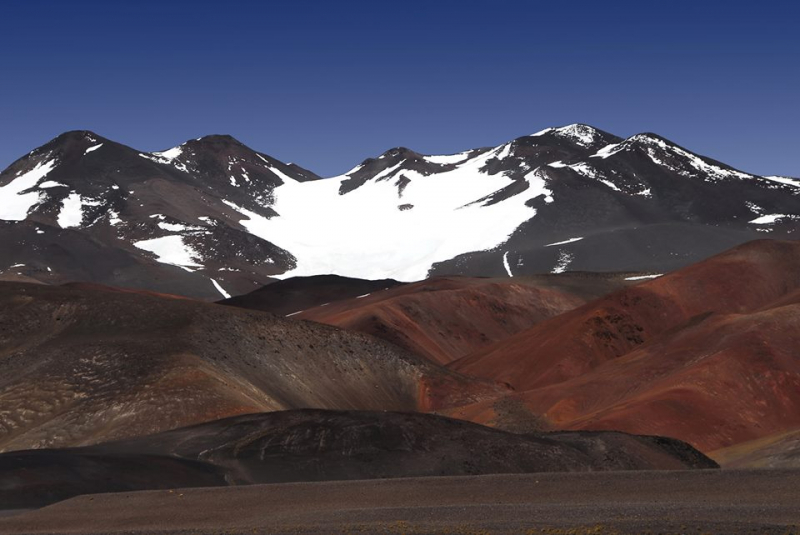
Monte Pissis. Photo: explore-share.com 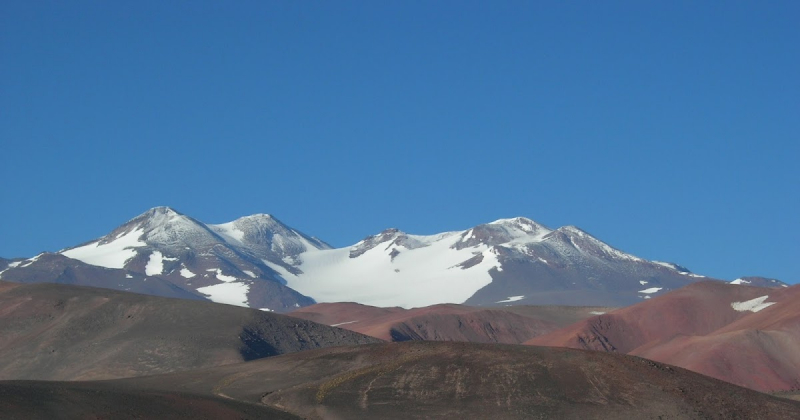
Monte Pissis. Photo: distantpeak.blogspot.com -
Cerro Bonete is the next name on the list of the highest mountains in Argentina that Toplist would like to introduce to you. Cerro Bonete is a mountain in Argentina's La Rioja province, close to the provincial border with Catamarca. Its summit is 6,759 meters above sea level, making it the Americas' fifth-highest separate mountain (after Aconcagua, Ojos del Salado, Monte Pissis, and Huascaran).
This is a once-in-a-lifetime opportunity to spend two weeks in the Andes and climb to the top of this spectacular stratovolcano. In addition to climbing, acclimating, and setting up camps, you can visit beautiful natural sites and take in breathtaking views. Besides, you can also come across archeological remains and ancient structures on the way to the mountain. Volcanic activity at Cerro Bonete has produced dacite and rhyodacite lava domes over the last 3.5 million years.
Location: La Rioja, Argentina
Height: 6,759 m (22,175 ft)
Parent Range: Andes
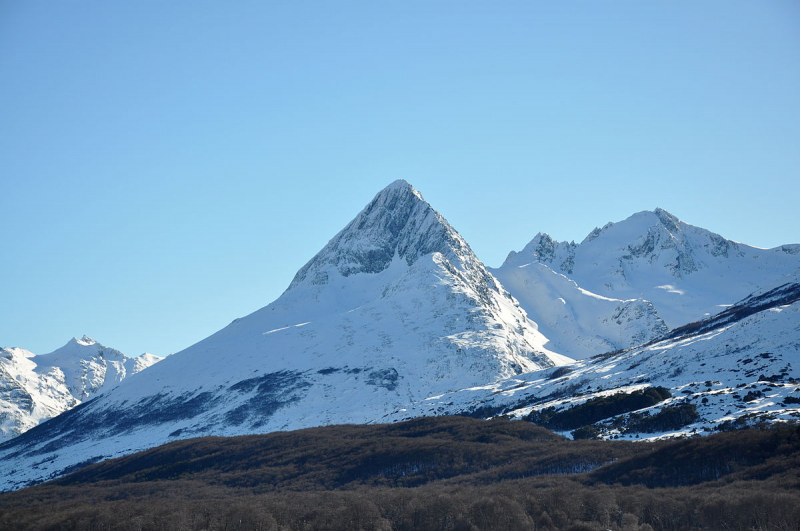
Cerro Bonete. Photo: wikidata.org 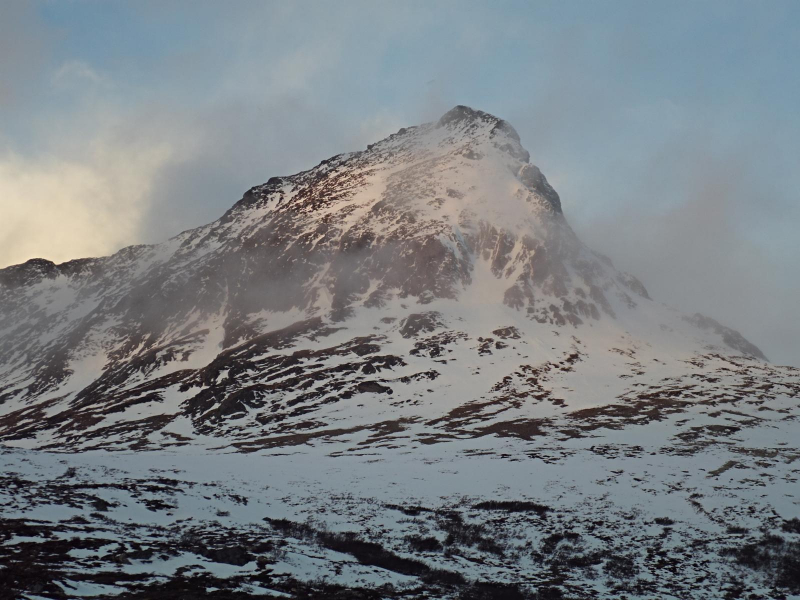
Cerro Bonete. Photo: wikiloc.com -
Llullaillaco is a dormant stratovolcano on the border of Argentina (Salta Province) - Chile (Antofagasta Region). It is located in the Puna de Atacama, a region of high volcanic peaks on a high plateau near the Atacama Desert, one of the world's driest places. Llullaillaco evolved through two stages. The volcano's base was formed by a broad cone of thick lava flows. About 150,000 years ago, a section of this volcano collapsed, causing a massive debris avalanche that sent deposits eastward into Argentina. The modern-day summit of Llullaillaco was formed on top of the old volcano about 10,000 years ago.
Llullaillaco is the world's second-highest active volcano, after its neighbor, Nevado Ojos del Salado. Coulees are visually impressive structures formed by thick, viscous lava flows from Llullaillaco, which appear in parallel ridges like accordion pleats. The volcano's last known eruption occurred in 1877.
Location: Chile and Argentina border
Height: 6,739 m (22,110 ft)
Parent Range: Andes, Puna de Atacama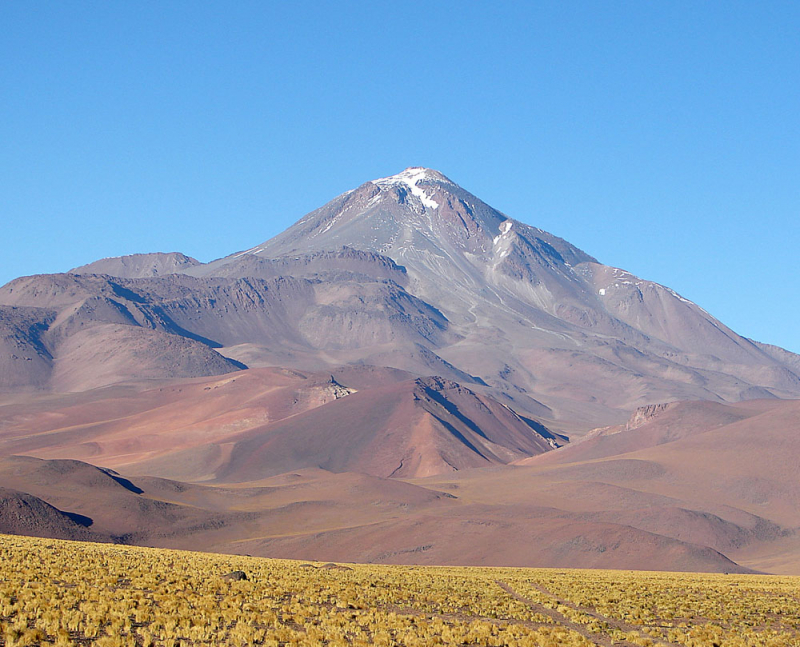
Llullaillaco. Photo: en.wikipedia.org 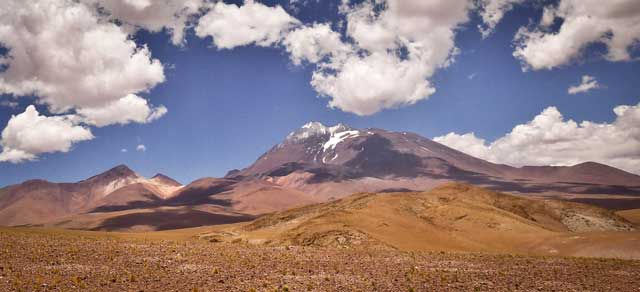
Llullaillaco. Photo: utu.travel







